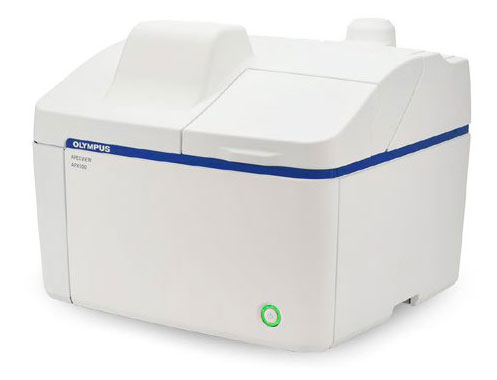How the APX100 Microscope’s Smart Sample Navigator Improves Pre-Observation Workflow Efficiency
Introduction
Microscopy is an important tool in life science and medical research. Microscopes can be used to observe micro regions in high resolution, but their observation field of view is narrow, making it difficult to know which part of the sample is being observed. To start observing a specimen with a microscope that has eyepieces, the first step is to visually align the sample with the microscope’s optical path of focus. Then, the user must look through the eyepieces to perform a detailed search to determine the observation position. This series of tasks is called pre-observation preparation. If the user is not familiar with the microscope’s operation, it can be a slow, iterative process.
The APEXVIEW™ APX100 benchtop fluorescence microscope’s smart sample navigator automatically performs the following tasks, helping make pre-observation preparation faster:
|
|
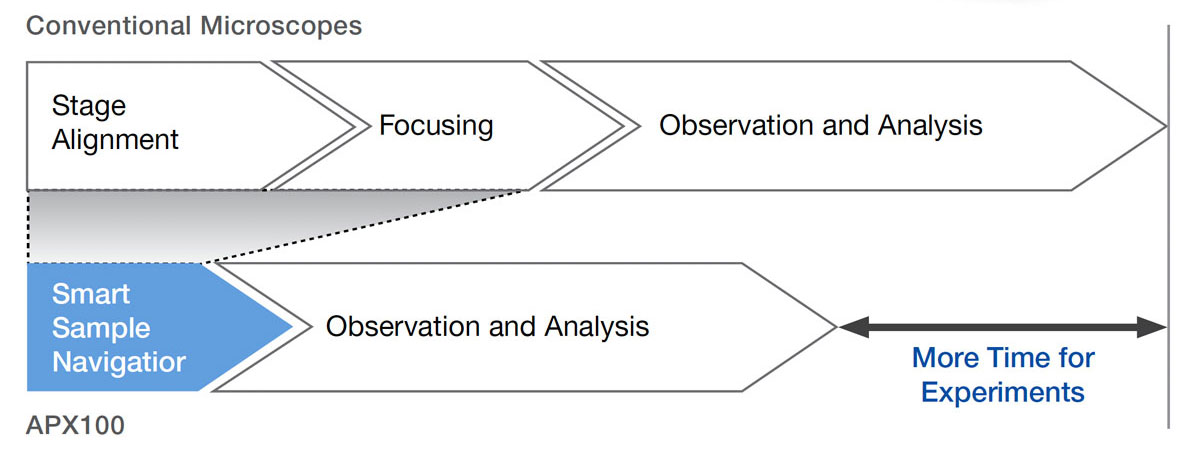
Figure 1. The APX100 workflow is more efficient than a conventional microscope.
Macro Images
Macro images that capture the overall picture of the sample are useful for quickly finding the observation position. The APX100 system’s unique widefield macro optics enable it to quickly acquire overview macro images at the start of imaging. Macro optics for obtaining widefield images are often not telecentric. This means that in a macro image of a well plate, the shape of the well around the field of view is distorted. Specifically, the wall surface is reflected in the macro image, making it difficult to distinguish the well’s bottom surface. To prevent the wells in the field of view from being distorted, a narrower field of view can be used. However, this requires several images be acquired for each well and stitched together to create the final macro image. To overcome these limitations, the APX100 system uses a large-aperture lens for the macro optical system (Figure 2), realizing good telecentricity and a wide field of view. The macro optics’ magnification is about 0.07X, and a macro image of a sample in the holder can be acquired with just two snapshots. |
Figure 2. An overview of the APX100 system’s macro optics. |
Sample Recognition
The smart sample navigator uses AI (deep learning)-based sample recognition to automatically locate the sample in the macro image when using the sample holder for glass slides. The system’s stage then moves so that the sample is in the micro-optical path and adjusts the height of the objectives, enabling users to immediately start detailed observation.
Analyzing the sample using the AI is divided into two phases: learning and inference. To make inferences, the AI first needs to be trained using a set of learning images. Fortunately, the smart sample navigator’s sample recognition function is already equipped with a neural network that was pretrained using many types of samples. In addition to HE stained tissue samples, the identification class includes achromatic tissue samples, such as brain tissue sections of laboratory mice stained with fluorescent dyes, and cover glass.
Inference is performed when the captured macro image is input into the trained AI network (Figure 3) to detect the tissue and cover glass on the observed slides. The system displays the specimen recognition results in a green frame to assist with user recognition during imaging experiments (Figure 3).
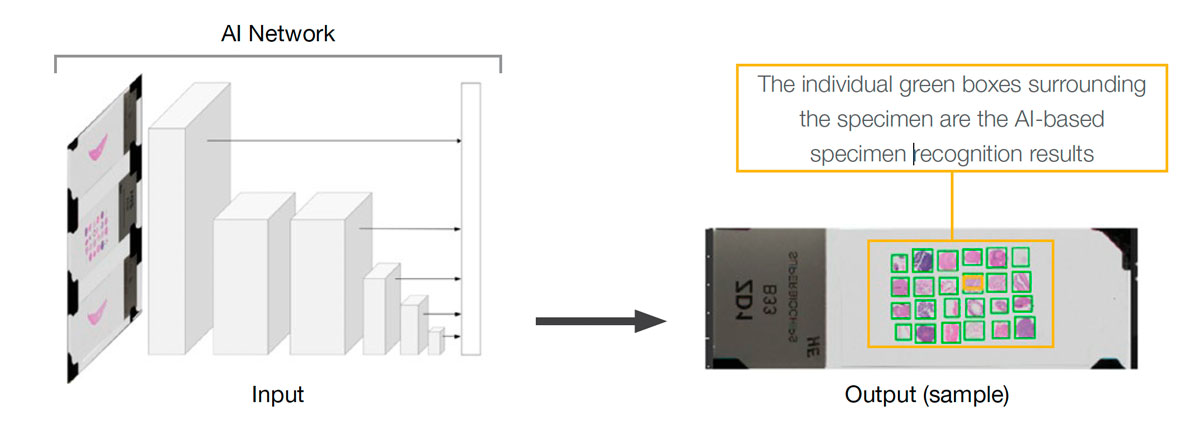
Figure 3. The APX100 system’s recognition AI network and sample recognition results.
Observation Support
The smart sample navigator helps to make observation even more convenient with the following functions:
- Specifies the observation position on the displayed macro image and quickly moves to the observation position (see Figure 4).
- Acquires high-resolution overview images using the sample recognition results (see Figure 5).
- Identifies areas where there could be a collision with sample holders during observation (see Figure 6).
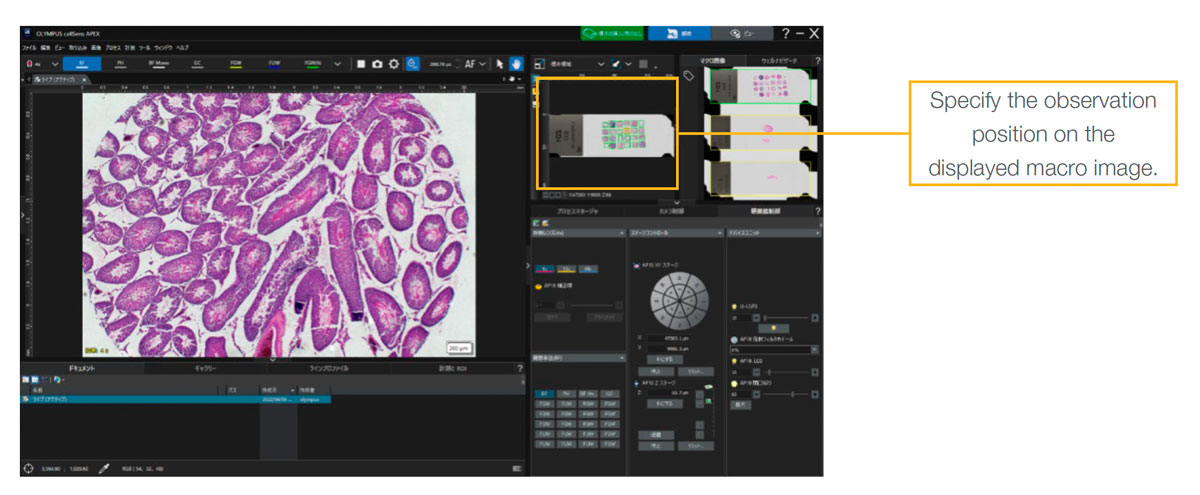
Figure 4. The cellSens APEX software user interface.
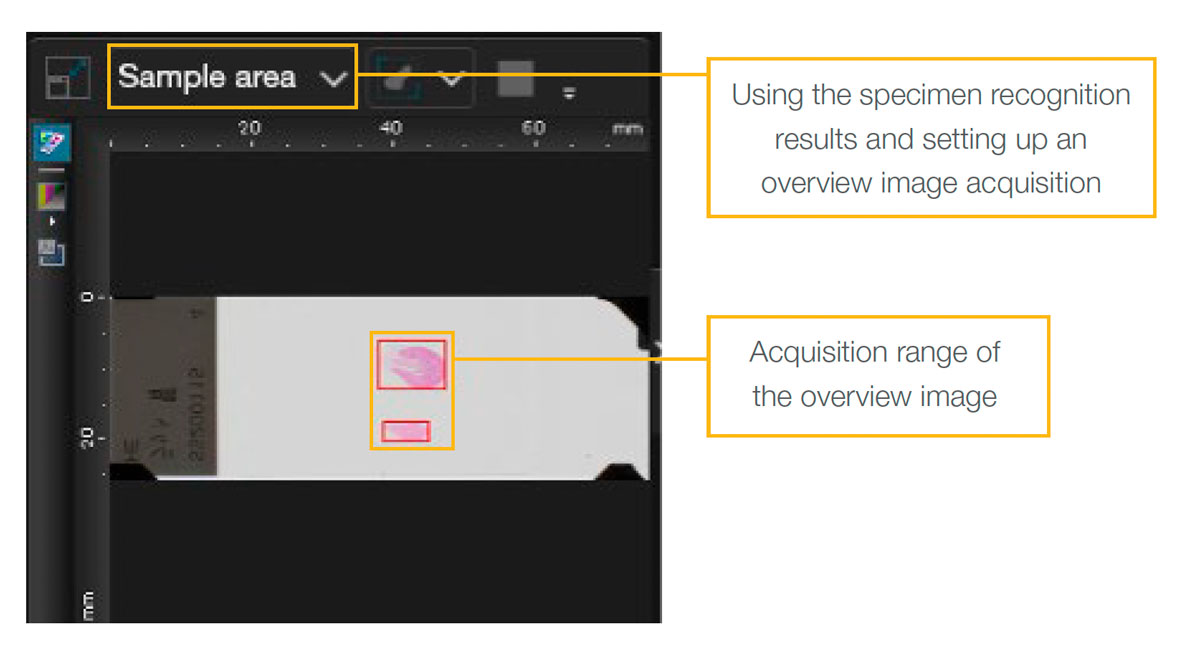
Figure 5. Designating the overview image acquisition range using the image recognition results.
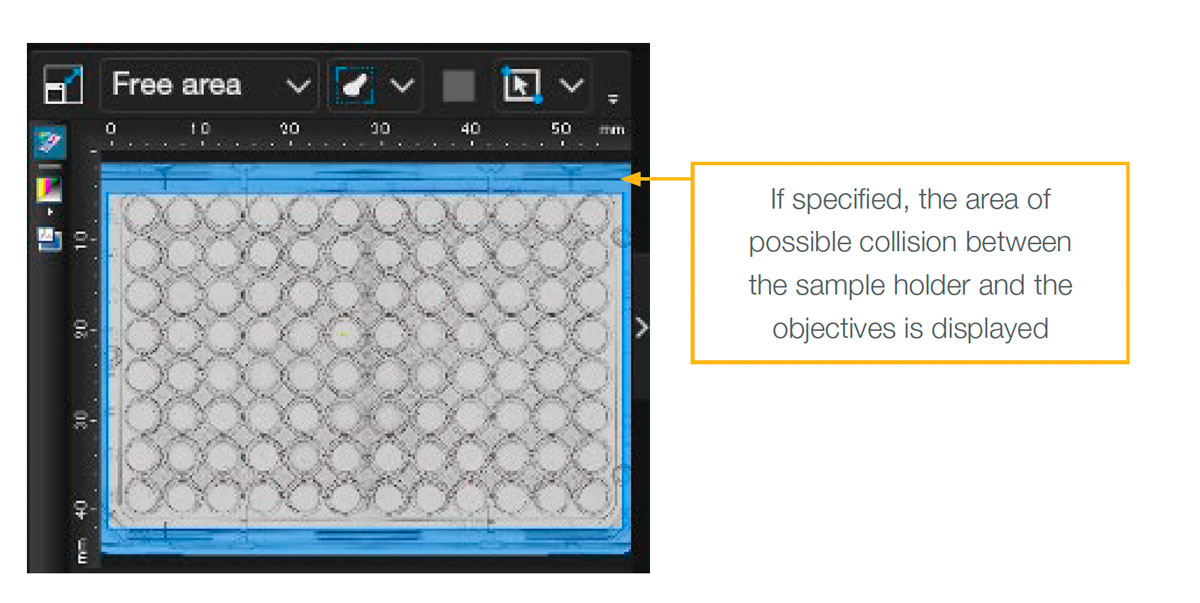
Figure 6. The software displays areas that are at risk for colliding with the sample holder.
Summary
The APX100 system’s smart sample navigator improves the conventional microscope’s pre-observation workflow. Instead of having to manually move the stage to find the sample, adjust the height of the objectives, and search for the observation position before observing a sample, the smart sample navigator automates this process, greatly improving efficiency.
With just one click, the smart sample navigator finds the sample, moves it to the micro-observation optical path, and adjusts the height of the objectives. The entire sequence takes only about ten seconds. The acquired macro image enables you to immediately check the position you want to observe, quickly move the stage to the observation position, and start observation.
Authors
Motohiro Shibata | Keita Kojima |
R&D, Electrical Engineering, Evident
Products Related to This Application
was successfully added to your bookmarks
Maximum Compare Limit of 5 Items
Please adjust your selection to be no more than 5 items to compare at once
Not Available in Your Country
Sorry, this page is not
available in your country.
